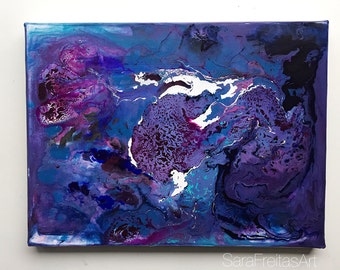
The shape of that meaning is the subject of this essay.īorn in 1911 in Charlotte, North Carolina, Bearden moved with his family to New York City in 1914, settling in Harlem by 1920. For the 20 th-century American artist Romare Bearden, the term “conjure” had a very specific meaning. 1 As such, “to conjure” bears a significant, resonant weight, one constituted by its tangle of meanings as well as by its long passage across continents and through history. “Conjure” was used in English as early as the 14 th century it derived from the Latin “conjurare,” meaning to band together through an oath or conspire. But “to conjure” is also to influence, to beg, to command or constrain, to charm, to bewitch, to move or convey, to imagine, to visualize, to call to mind, or to remember. In its most common usage, “to conjure” means to perform an act of magic or to invoke a supernatural force, by casting a spell, say, or performing a particular ritual or rite.


To begin, let me say something about the first word in the title of this essay: “conjure.” The verb “to conjure” is a complex one, for it includes in its standard definition a great range of possible actions or operations, not all of them equivalent, or even compatible.


 0 kommentar(er)
0 kommentar(er)
